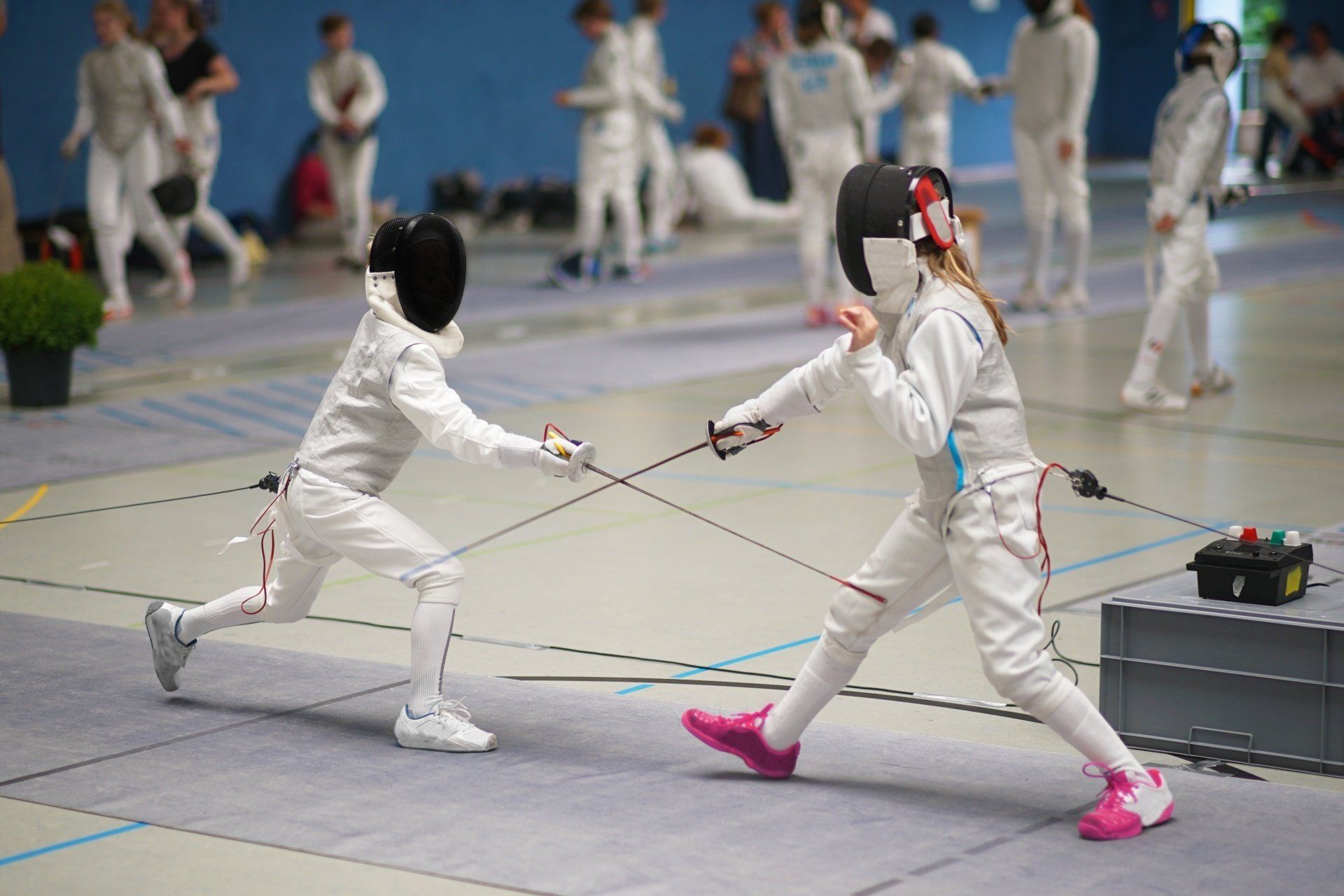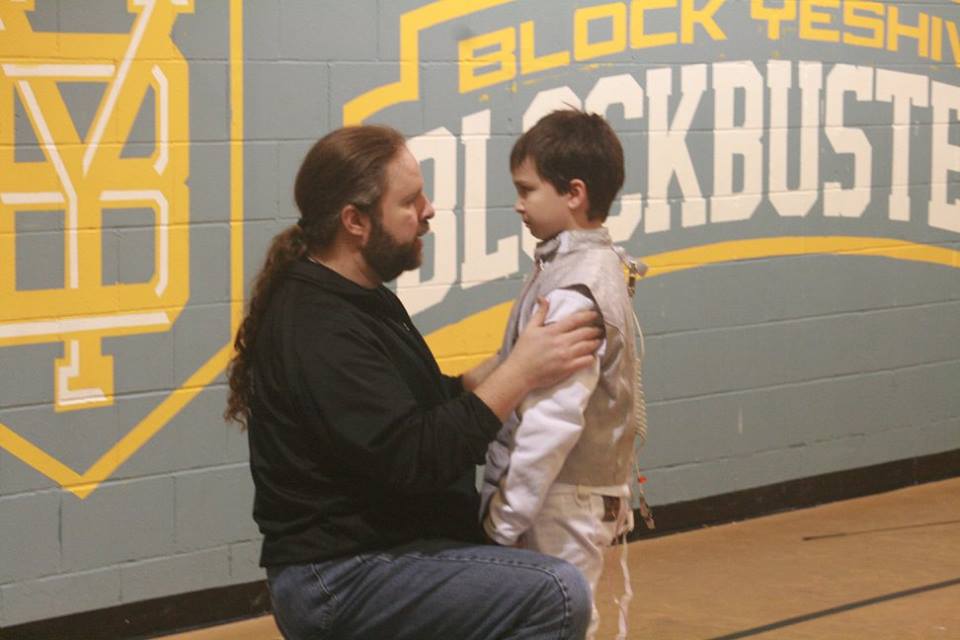7 Essential Types of Practice Bouts
A critical part of your complete training program

Written by Tim Morehouse
Originally posted at Fencing University.
Below is a summary of Tim’s excellent points.
Bouting is a critical part of a complete and well-balanced training program but just like footwork, bladework, lessons, and drills, bouting requires an intentional and diversified approach to yield maximal results.
The first big thing to mention is that trying to win every bout at practice and caring too much about practice bout results is a major reason why a lot of people get stuck at a certain level. Winning bouts should not be the only thing you try to do at practice.
#1 BOUTING TO WIN
This is the most obvious type of bouting, one I’m sure you’re all doing at practice! Are you doing it “right” should be the question you ask yourself on this one? If you are bouting to win then make sure to put forth your maximum effort to mimic the competition environment of an actual tournament…
#2 “FREE FENCING!”
This is bouting done specifically without a score and usually for a specific amount of time. You generally want to keep free fencing to between 1-3minutes per opponent and then rotate if you have other training partners. You can utilize free fencing to work on moves, warm-up and just generally get in a lot of points without the pressure of winning/losing…
#3 BOUTING AGAINST PARTICULAR TYPES OF OPPONENTS
In this type of bout, you’ve agreed with your partner that they are going to fence in a certain way to allow you time to practice against a certain style. It is up to you to figure out how to “solve” this opponent’s style…
Here are some starting points for this type of bout:
Have your training partner attack aggressively the majority or all of the time…
Have your training partner not attack and favor defense most or all of time…
Have your opponent take a lot of risks….
#4 BOUTING WITH A PARTICULAR EMPHASIS ON PARTS OF YOUR GAME
Bouting during practice is the right time to try out things you might not normally feel comfortable doing (yet) at a competition…Starting each bout by declaring a focus, even if it is just to yourself, can be very helpful to give each bout more intention.
#5 EXPERIMENTATION BOUTING (i.e. “TRYING NEW MOVES”)
If you’ve read our article on Designing Winning Fencing Moves then you know that at some point putting your moves to the test in a practice bouting situation is essential before giving it the ultimate test in competition.
In a bout where you try new moves, you shouldn’t do the same move over and over again. Rather, you should mix them in with your established moves…
#6 SITUATIONAL BOUTING
This is the type of fencing where you put yourself into particular bout scenarios.
Here are some examples:
Fencing with a big/small lead that you have to hold. i.e. You are up 13-10.
You are down by a certain score.
You fence a bout but you are at the end of the strip.
For Epee, you fence with priority or without priority in an overtime minute
There are A LOT of options here. Practicing scenarios you’ll find yourself in during competitions will help you get more familiar with what to do during each and will help you to have more of a plan and feel more comfortable when you end up in them!
#7 “NEXT POINT WINS” BOUTING
This could fall under the situation bouting category, but I think it bears special mention. Often times the difference between winning and losing comes down to 1 point. The score is 4-4 or 14-14 and you’ve got to pull it out. There are some people who have mastered the art of scoring that last point and like anything, you need to get comfortable in that situation.



